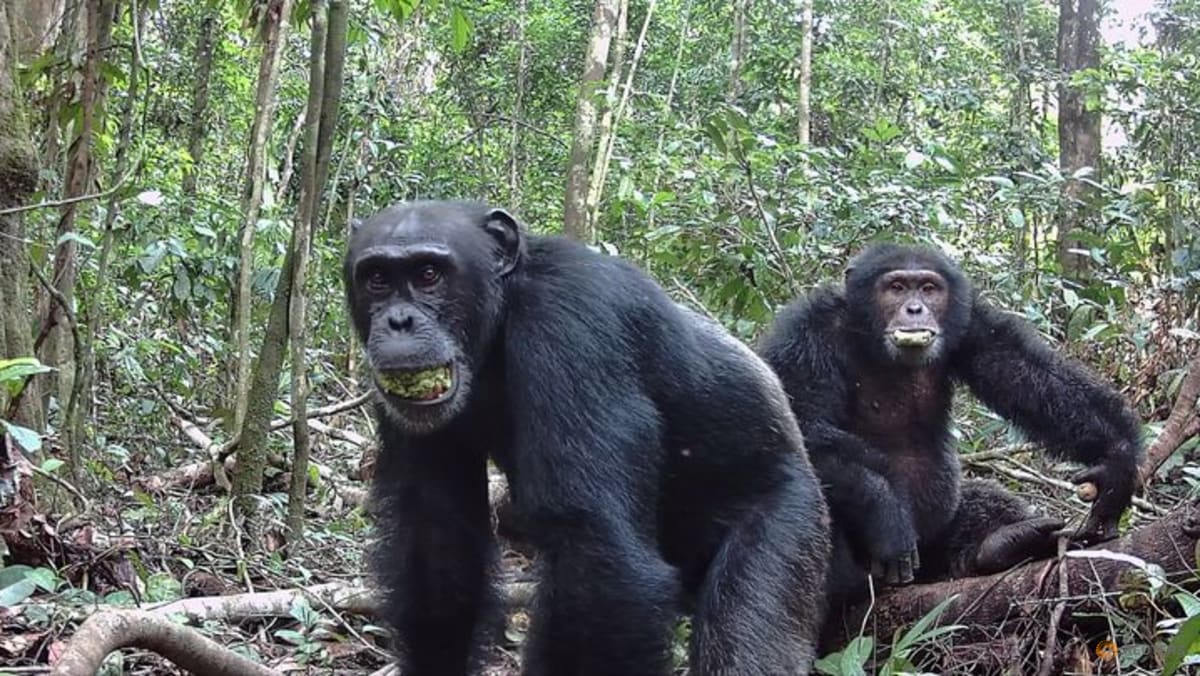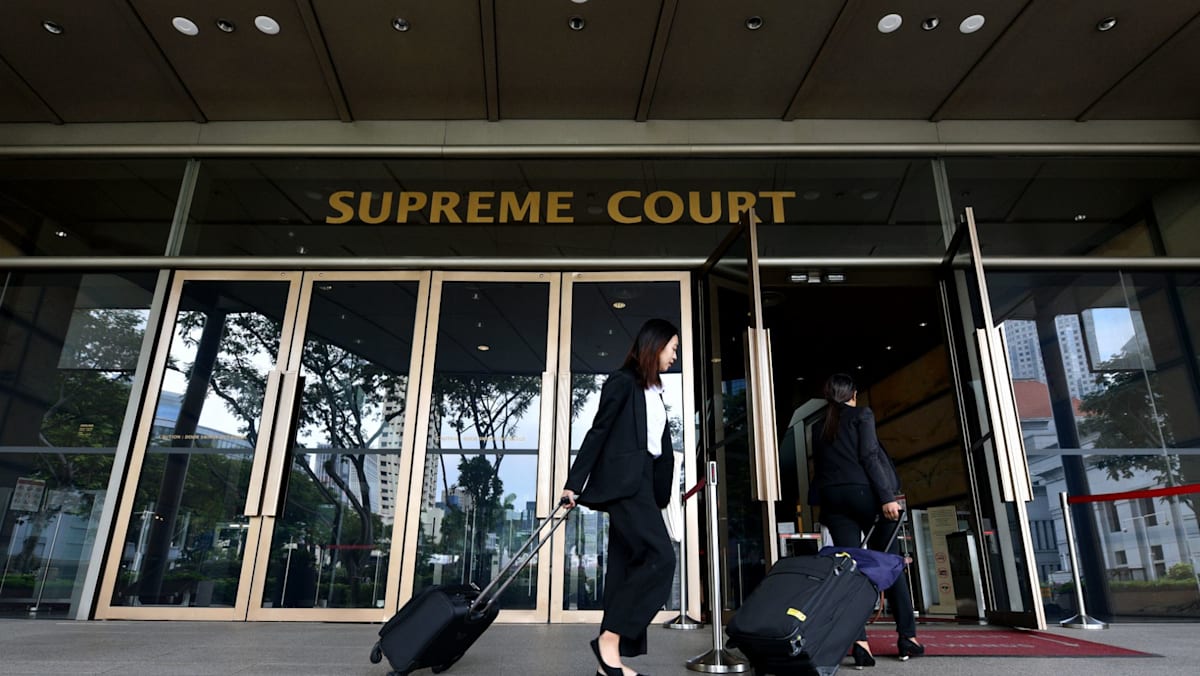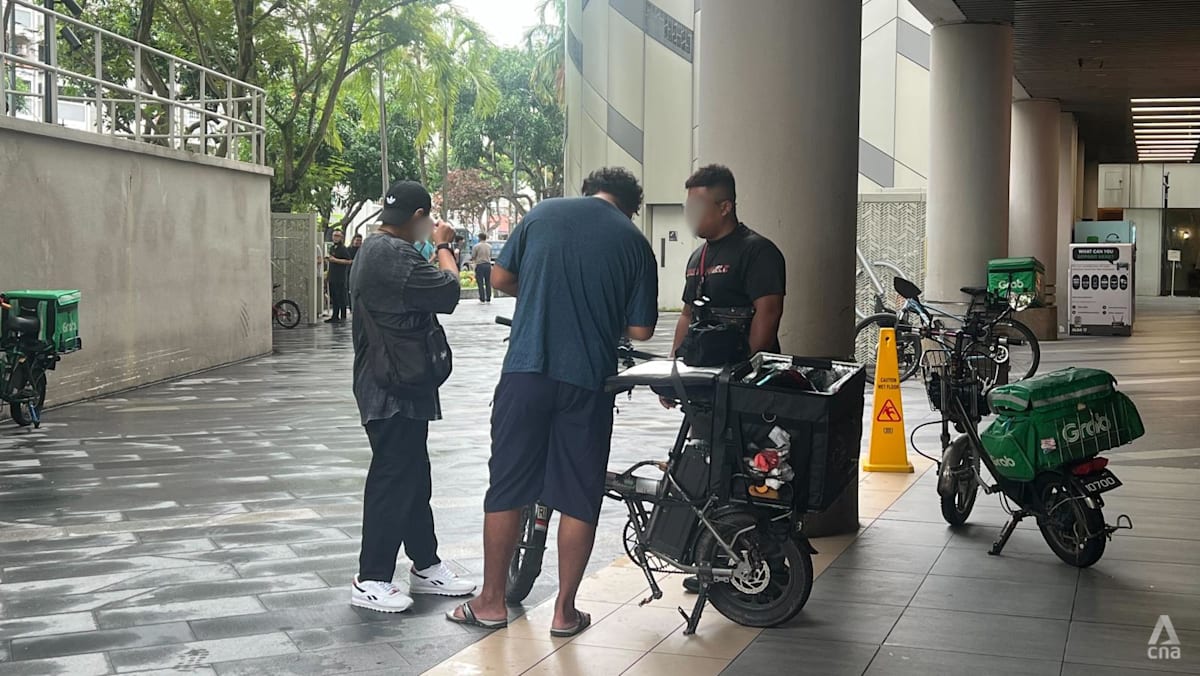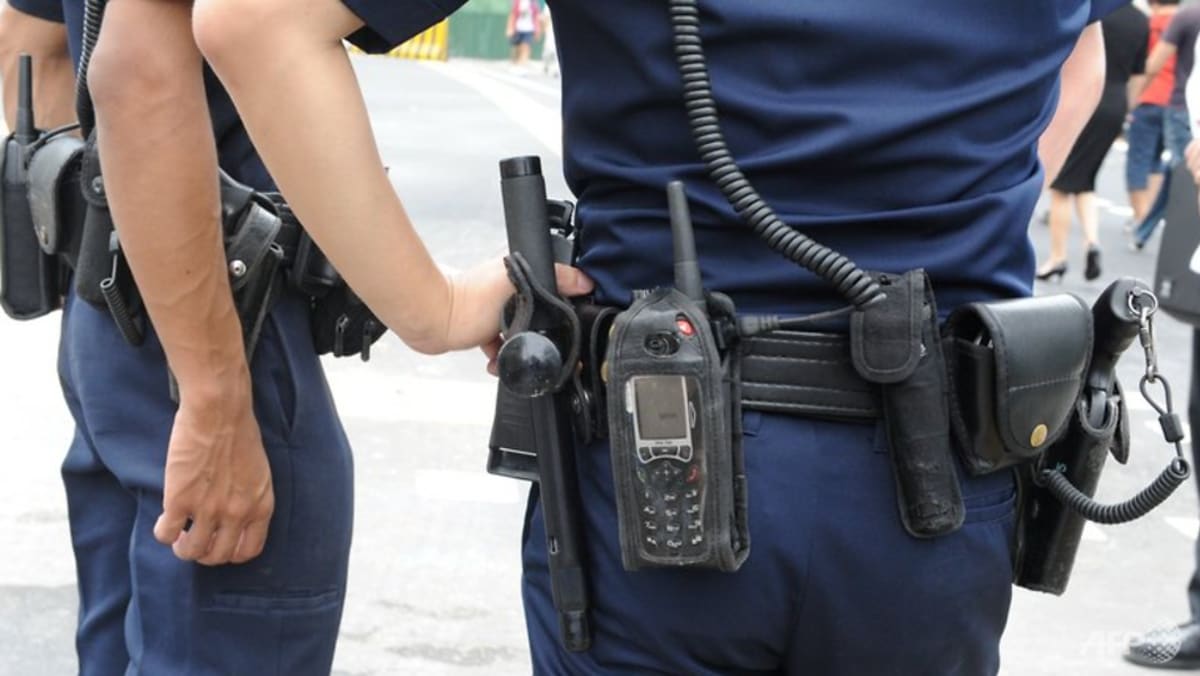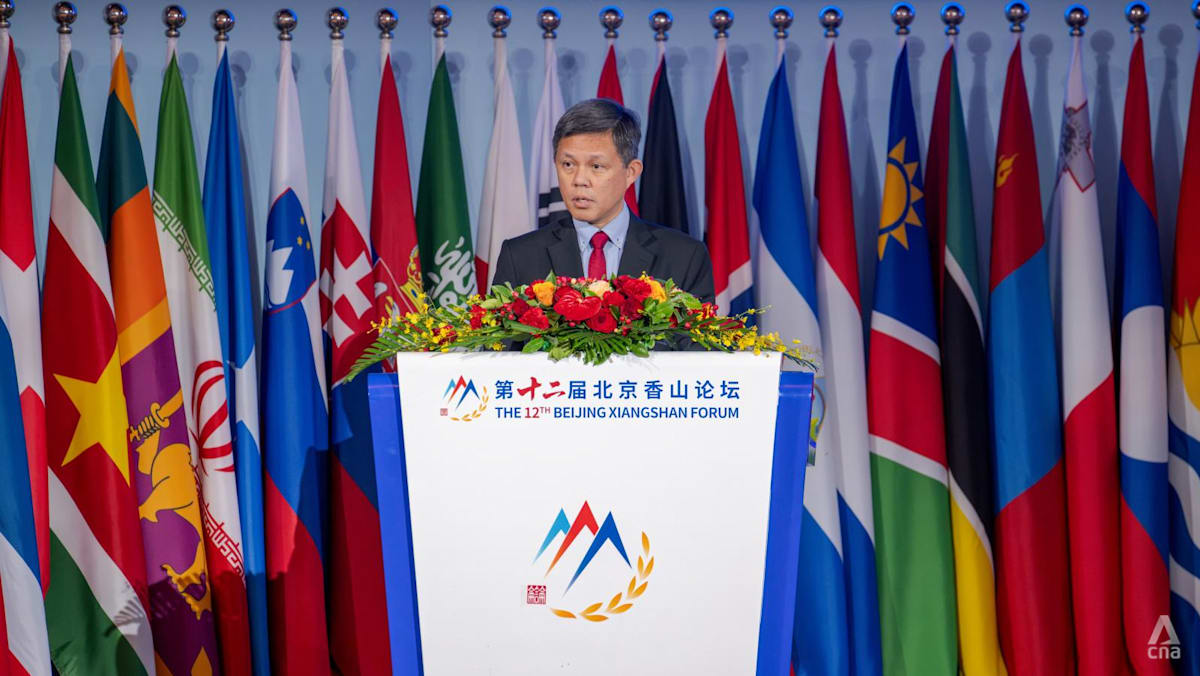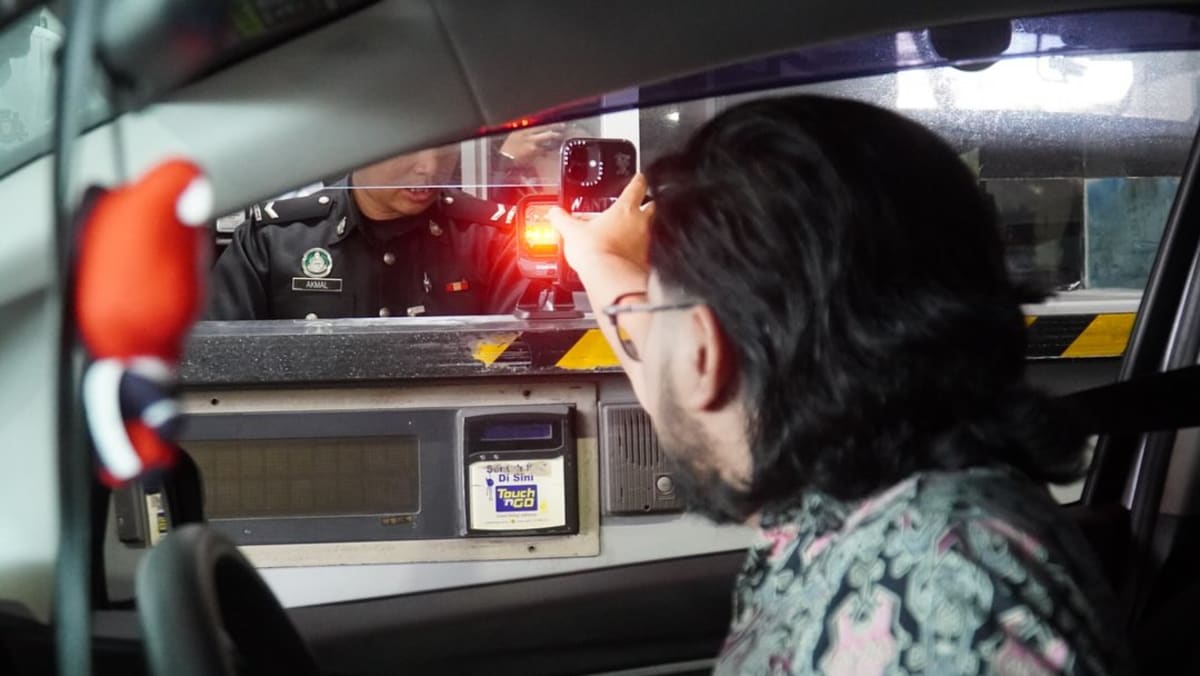TOKYO: On a recent trip to Taiwan, I turned to ChatGPT to ask for recommendations for the best beef noodles in my area – with the very specific request that the shop had to accept credit cards, as I was running low on my stash of local currency.
The chatbot immediately recommended a place that was a short walk and featured some of the most delicious, melt-in-your mouth beef tendon I’ve ever had. I was pleased to be the only foreigner in the no-frills, no air-conditioning joint that was home to a fat, orange cat taking a nap under one of the metal stools. But after my meal, I panicked when the impatient woman behind the counter had to put aside the dumplings she was folding to try and communicate in English to me that it was cash only.
Even a quick Google search of the hole in the wall would’ve saved me from this fate, and I felt foolish for blindly trusting the AI’s outputs.
Talking to other travellers, I realised I was lucky that the restaurant existed at all, hearing stories of AI tools sending confused tourists to places that were closed or not even real.
Still, I found the tool incredibly helpful while navigating a foreign city, using it not just to find spots to eat but also to translate menus and signs, as well as communicate with locals via voice mode. It felt like the ultimate Asia travel hack.


